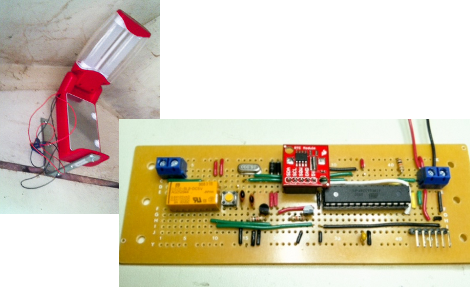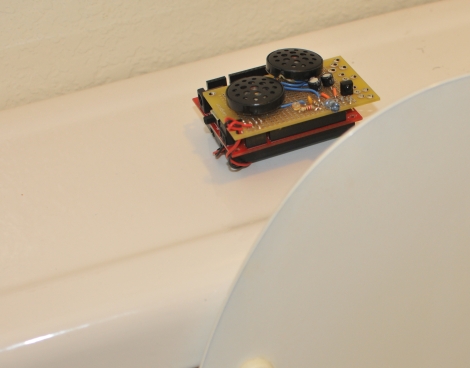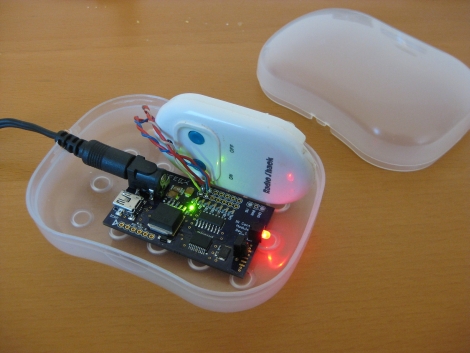[Photonicinduction] has an impressive battery backup installation that powers his whole house. Unlike a standalone emergency generator which would require you to hook up all of the device you want to run, this setup sits in between the power meter and the breaker box, ready to step in when needed.
But get this, he’s not just using it as a backup system. It kicks in during the day to run everything including two freezers, a refrigerator, his lights, television, and computers. That’s because the price per kilowatt-hour is quite a bit higher during the day than at night. So after 10:30pm the system patches his house back into the grid and charges the batteries for use the next day.
What you see here is just a portion of his system. The control board is not pictured but is very impressive, including a network of relays which are used as a fail-safe system so that there are no conflicts between mains and the battery system. Check out his 15-minute walk through of the system after the break. Continue reading “Whole House Battery Backup Used For Lower Power Bills”

















